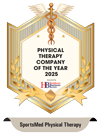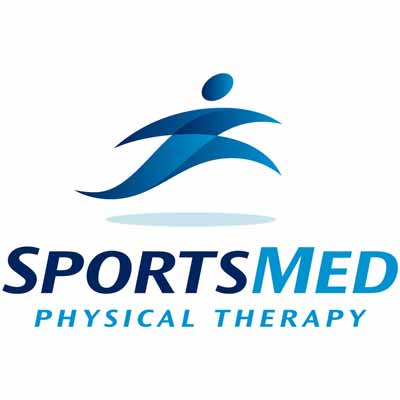Although orthopedic injuries can happen to anyone at any time, the following issues are more commonly seen in women, especially female athletes. This is due to several factors, including typical female bone structure and alignment, joint and ligament laxity, muscular imbalances, and the effect of hormonal fluctuations.
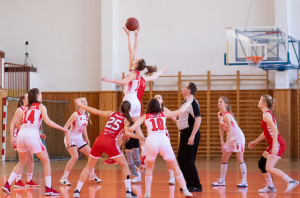
- ACL tears
The Anterior Cruciate Ligament (ACL) is a strong band of tissue located at the front of the knee joint that connects the femur bone to the shin bone. Because women generally have wider pelvises than men, their femur bones tend to angle down more sharply (known as the “Q angle), putting extra pressure on the knee. Women’s ACLs also tend to be smaller and therefore inherently less stable. Factor in hormonal variations (such as higher estrogen or increased relaxin during pregnancy), and women generally tend to have greater laxity (looseness) in their tendons and ligaments throughout the body. Additionally, appropriate strength training protocols tend to be emphasized with male athletes, but not necessarily with female athletes. Without strengthening the appropriate muscles and addressing biomechanics, women have a higher likelihood of experiencing ACL tears or injuries, especially during sports such as basketball, soccer, and dance.
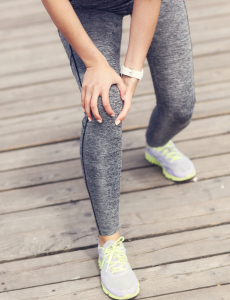
- Ankle sprains
The same reasons that cause women to experience more ACL injuries (pelvis width, hormonal fluctuations, hypermobility and muscular imbalances) can also lead to a higher rate of ankle sprains and injuries. (The ligaments that cross the ankle joints are also smaller in women than in men, in addition to potentially being more loose.) Additionally, women more frequently wear unsupportive shoes, such as high heels or flip flops, placing additional strain on the ankles and feet.
- Plantar fasciitis
It’s no surprise that the same issues that cause ankle sprains would also lead to plantar fasciitis. Plantar fasciitis is characterized by inflammation and pain along the bottom of the foot, a thick band of tissue known as the plantar fascia. A “telltale” sign of plantar fasciitis is intense pain that occurs when someone first gets out of bed in the morning and places weight on their feet.
Although the specific causes of plantar fasciitis are unclear, it’s frequently associated with certain types of exercise women tend to favor, such as running, dance, and high impact aerobics, as well as with wearing unsupportive shoes. Loose ligaments in the feet can also change bony alignment and how weight is distributed, another reason women may be prone to plantar fasciitis.
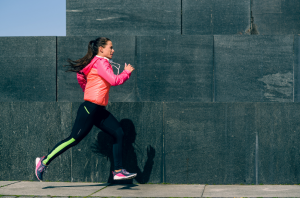
Just because these injuries are common, doesn’t mean all women are destined to experience them! By working with a qualified physical therapist, you can identify your individual strengths, weaknesses, and likelihood for certain injuries, and come up with a customized plan to address them. A physical therapist will not only assess your movement patterns and mechanics, but also consider your daily life, preferred activities, exercise routine, goals, obstacles, and commitment level when developing a personalized treatment plan.
If you do happen to experience one of these injuries or issues, a physical therapist can provide noninvasive treatment options. Manual therapy, strengthening exercises, stretching, and other modalities are all proven to be effective for treating these issues.
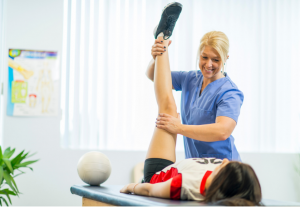
Dr. Brendan Kirk, PT, DPT is Clinical Director of SportsMed Physical Therapy Glen Rock, a board-certified Orthopedic Clinical Specialist (OCS), and a Certified Strength and Conditioning Specialist (CSCS) with a great deal of experience working with athletes and their injuries. He advises: “Helping a female athlete stay healthy and able to perform at a high level requires focusing on several areas of fitness: strength, balance, stability, and flexibility, to name a few. Ultimately this is a very complicated topic of not only exercise prescription, but gender-specific exercise prescription. For a customized, goal-specific exercise program, please come into the clinic!”
To connect with a SportsMed physical therapist near you, contact us today!

